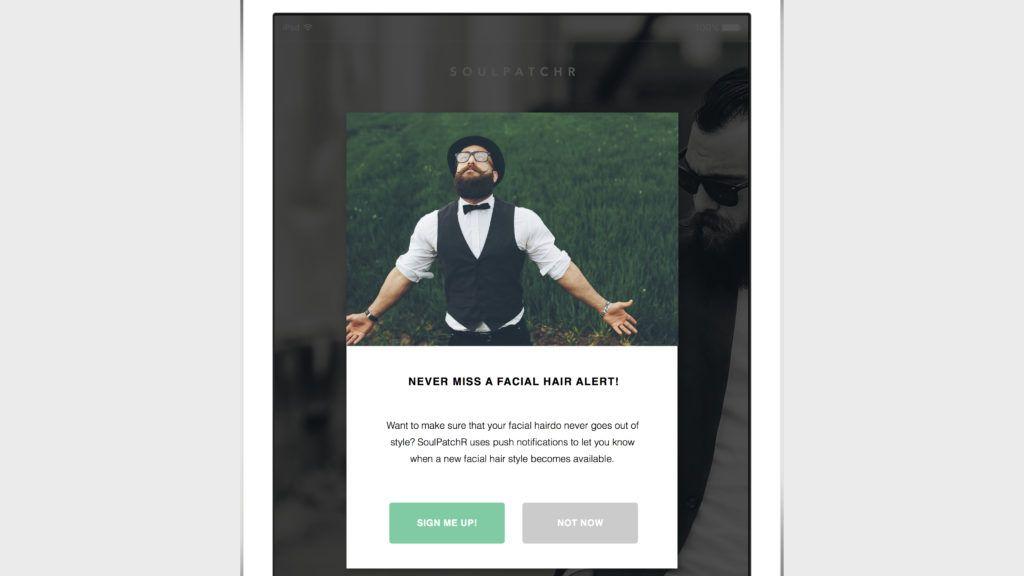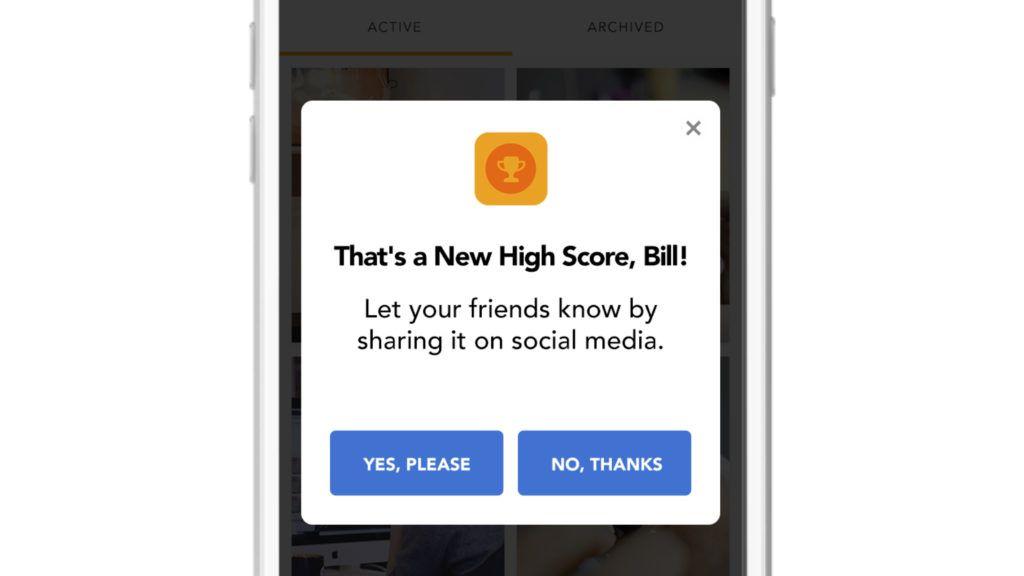6 Hyper-Relevant Campaigns Powered by Triggered Messages
Published on July 11, 2016/Last edited on July 11, 2016/6 min read


Team Braze
As mobile transitions from hot-new-thing to one of the dominant ways that people engage with brands and the world around them, marketing is beginning to change. Companies’ single-minded focus on customer acquisition is giving way to customer retention. Business success is increasingly about building durable, mutually beneficial relationships with your customers across every platform they use, not blasting them with one-size-fits-all advertising and outreach.
But knowing that the world is changing isn’t the same as knowing how to adjust your marketing to take advantage of that change.
One powerful tool that marketers can use to give their customers a more relevant, more responsive user experience is triggered messaging. A triggered message is customer outreach—such as an email or push notification—that is automatically sent when a particular user carries out a preselected action, such as opening an app or making a purchase.
By leveraging online data collection and mobile’s unprecedented ability to collect nuanced customer information, triggered messages allow brands to respond to customer actions in real time, increasing the chances that their outreach is relevant and valuable to the people receiving it. So, to help marketers get started, we’ve highlighted six campaigns that triggered messaging make possible—or take to the next level. Take a look!
1. Customer education campaigns
A customer who doesn’t understand the value that your brand can provide or how to experience that value for themselves isn’t a customer who’s likely to engage very deeply or to stick around over the long haul. That makes educating your customers about how to effectively use your app or website one of the most impactful things that your marketing can do.
Putting together a top-flight onboarding process is an important step. But not every customer who starts onboarding will finish on their own. However, brands that trigger a multichannel messaging campaign that targets customers who begin but don’t complete the onboarding process increase their two-month retention by 131%.
And triggered messages are a great way to keep customers up to speed on your app or website as it evolves over time—when a customer visits a new part of your site, or tries out a new app feature, you can trigger an in-app message with guidance on how to get the most out of it.
2. Permissions priming campaigns
To get the full benefit that mobile can bring to your brand’s marketing, you need to convince customers to give you permission. To send them push notifications that keep them informed. To track their physical location to give more detailed recommendations and messages. To give your app access to their device’s contacts or camera or other features that will make their user experience better.

Triggered messaging gives you an effective way to ask for that permission. Instead of hitting new customers with a cold request for all those permissions when they visit your website or open your app for the first time, you can trigger an in-app message when they use a feature or visit a section where granting permission would improve their user experience. Not only will that increase the chances that they grant permission, it’ll also highlight the value that your brand can provide.
3. Milestone recognition campaigns
Maybe a customer has just logged their hundredth session in your app, or completed an advanced level in one of your brand’s mobile games. You can set up triggered messages highlighting their loyalty and achievements (and possibly rewarding them with discounts or other incentives) that are automatically sent when they reach particular milestones or accomplishments. In concert with personalization, these kinds of triggered messages can help you maintain a strong relationship with your active and loyal users by automatically encouraging them to stick around and keep engaging with your brand.
4. Abandoned cart campaigns
For brands that depend on web or in-app purchases as part of their monetization mix, abandoned shopping carts are frustrating—but they can also be an opportunity. A customer who looks at an item on your site or in your app, selects it, adds it to their cart, and then leaves without completing the purchase is still someone who considered making that purchase, and the fact that they made it that far in the process makes it more likely that they’ll respond positively to a nudge from you. By triggering a personalized push notification or email when a customer abandons a cart, you can remind them about their almost-purchase and encourage them to complete it. Not every customer will go for it, of course, but it’s a great way to drive purchases.
5. Social sharing campaigns
Imagine that one of your customers has just RSVPed on your app to an event you’re throwing, or purchased tickets to an upcoming concert or festival. That’s a win for your brand, but triggered messages make it possible to turn that sort of conversion into something more broadly beneficial. If you trigger a message when they complete their RSVP or ticket purchase and encourage them to share their attendance at the event on social media, you can get the word out about your event while adding value for customers by making it easy for them to let friends and family know about their plans.

This kind of triggered social sharing campaign can provide value even if your brand doesn’t sell tickets or host events. Consider using triggered social sharing outreach in concert with milestone recognition campaigns (prompting social posts after customers hit a milestone or achieve something), and as a way to nudge customers to refer their friends to your app or website after they carry out actions that suggest they’re satisfied with their user experience—such as positively rating your app or making a purchase.
6. Loyalty program campaigns
For brands that use loyalty programs as part of their customer engagement and retention strategies, triggered messaging can be a powerful way to encourage use of those programs and to keep customers engaged with their personal loyalty accounts. Marketers can trigger emails or other messages to customers when they make a purchase, telling new users about their brand’s loyalty program and making the case for the benefits of signing up. Or they can update loyal customers about their new loyalty point balance following the transaction.
Final thoughts on triggered messages
Building the kind of durable, mutually beneficial customer/brand relationship that leads to strong loyalty and retention means finding ways to provide your audience with a valuable experience in real time. Triggered messages make that possible, allowing marketers to responsively engage their customers on a global scale. And while not every situation calls for triggered messages, using this tool in a holistic, coordinated fashion makes it possible to guide your audience through their individual customer journeys in sustainable, strategic ways.
Curious what goes into putting together a triggered messaging campaign? Check out our piece on the ins-and-outs of triggered messages.
Releated Content
View the Blog
The new inbox reality: How iOS changes are reshaping email marketing

Aparna Prasad

Experience optimization: Turning data insights into better journeys

Team Braze

December 2025 Bonfire Marketer of the Month: Jagex’s Emma Oliver
